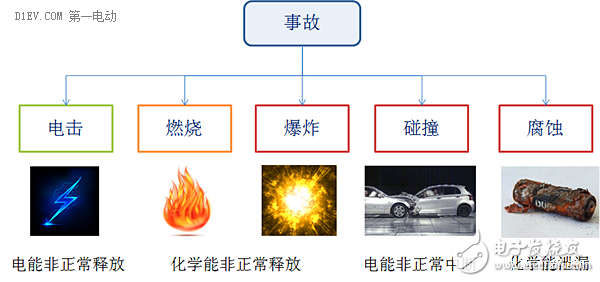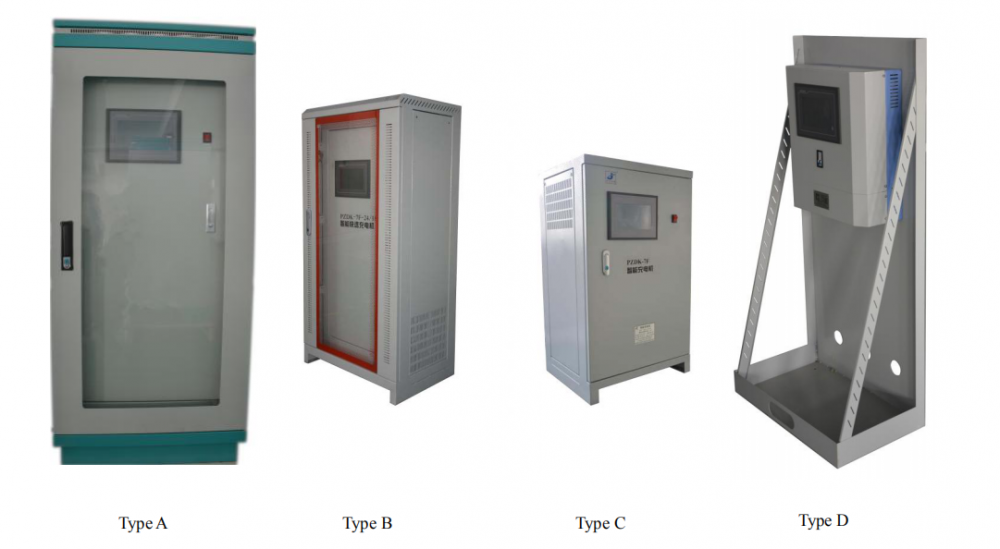I. Building a Standard System <br> In the early development of electric vehicles, the lack of GB or GB/T national standards caused the industry to be mixed and mixed. Relying only on the QC/T recommendation standard of the automotive industry as a reference, it is not authoritative and extensive. Vehicle manufacturers and battery companies either have no clue or do their own work, and each lacks a unified measurement standard.
With the release of the new GB/T national recommendation standards in 2015, China's electric vehicle industry has basically built a complete standard system around the power battery system, forming a threshold for the industry, which is conducive to the standard development of the industry and the survival of the fittest.
The new national standard was promulgated in May 2015 (some standards will be promulgated in October or at the end of the year), and there is a one-year transition period from the old standard. Starting from 2016, relevant companies will follow the new standards for related testing. Together with the “Regulations on Automotive Power Battery Industry Standards†issued by the Ministry of Industry and Information Technology in March 2015, the new national standard will accelerate the reshuffle of the power battery industry and increase the level of industry concentration.

| Serial number | new standard | Old standard |
| 1 | GB/T 31484-2015 Cycle life requirements and test methods for power batteries for electric vehicles | QC/T 743-2006 Lithium Ion Battery for Electric Vehicles |
| 2 | GB/T 31485-2015 Safety requirements and test methods for power batteries for electric vehicles | QC/T 743-2006 Lithium Ion Battery for Electric Vehicles |
| 3 | GB/T 31486-2015 Electrical performance requirements and test methods for electric vehicles | QC/T 743-2006 Lithium Ion Battery for Electric Vehicles |
| 4 | GB/T 31467.1-2015 Lithium-ion power battery packs and systems for electric vehicles - Part 1 | \ |
| 5 | GB/T 31467.2-2015 Lithium-ion power battery packs and systems for electric vehicles - Part 2: Test procedures for high-energy applications | \ |
| 6 | GB/T 31467.3-2015 Lithium-ion power battery packs and systems for electric vehicles - Part 3: Safety requirements and test methods | \ |
| 7 | GB/T 18384.1—2015 Electric vehicles Safety requirements Part 1: Vehicle-mounted rechargeable energy storage systems | GB/T 18384.1—2001 Electric vehicles Safety requirements Part 1: Vehicle energy storage devices |
| 8 | GB/T 18384.2—2015 Electric vehicles Safety requirements Part 2: Operational safety and fault protection | GB/T 18384.2—2001 Electric vehicles Safety requirements Part 2: Functional safety and fault protection |
| 9 | GB/T 18384.3—2015 Electric vehicles Safety requirements Part 3: Protection against electric shock | GB/T 18384.3—2001 Electric vehicles Safety requirements Part 3: Protection against electric shock |
| 10 | \ | QC/T 897-2011 Technical requirements for battery management systems for electric vehicles |
| standard | Protection target | Level |
| GB/T 31485 | chemical energy | Monomer/module |
| GB/T 31467 | chemical energy | system |
| GB/T 18384 | Electric energy | system |
| GB/T 18387 | Electromagnetic energy | Complete vehicle (covering battery system) |

PZDK series of automatic constant current charge and discharge equipments are specially designed for the battery charging and discharging applied in railway. They are used for the maintenance and capacity verification of storage battery used in locomotive, railway vehicle and generator car, which can improve the service life of the battery and ensure the safe running of locomotives and other railway vehicles.
The main control unit of the equipment is PLC and the HMI (Human Machine Interface) is 7" LCD colorful touch screen. The equipment has varieties of operating modes, and can automatically record and save working status.

Battery Charging And Discharging Equipment
Railway Battery Charger,Charging And Discharging Device,Battery Charge Discharge Device,Electric Pallet Truck Battery Charger
Xinxiang Taihang Jiaxin Electric Tech Co., Ltd , https://www.chargers.be
